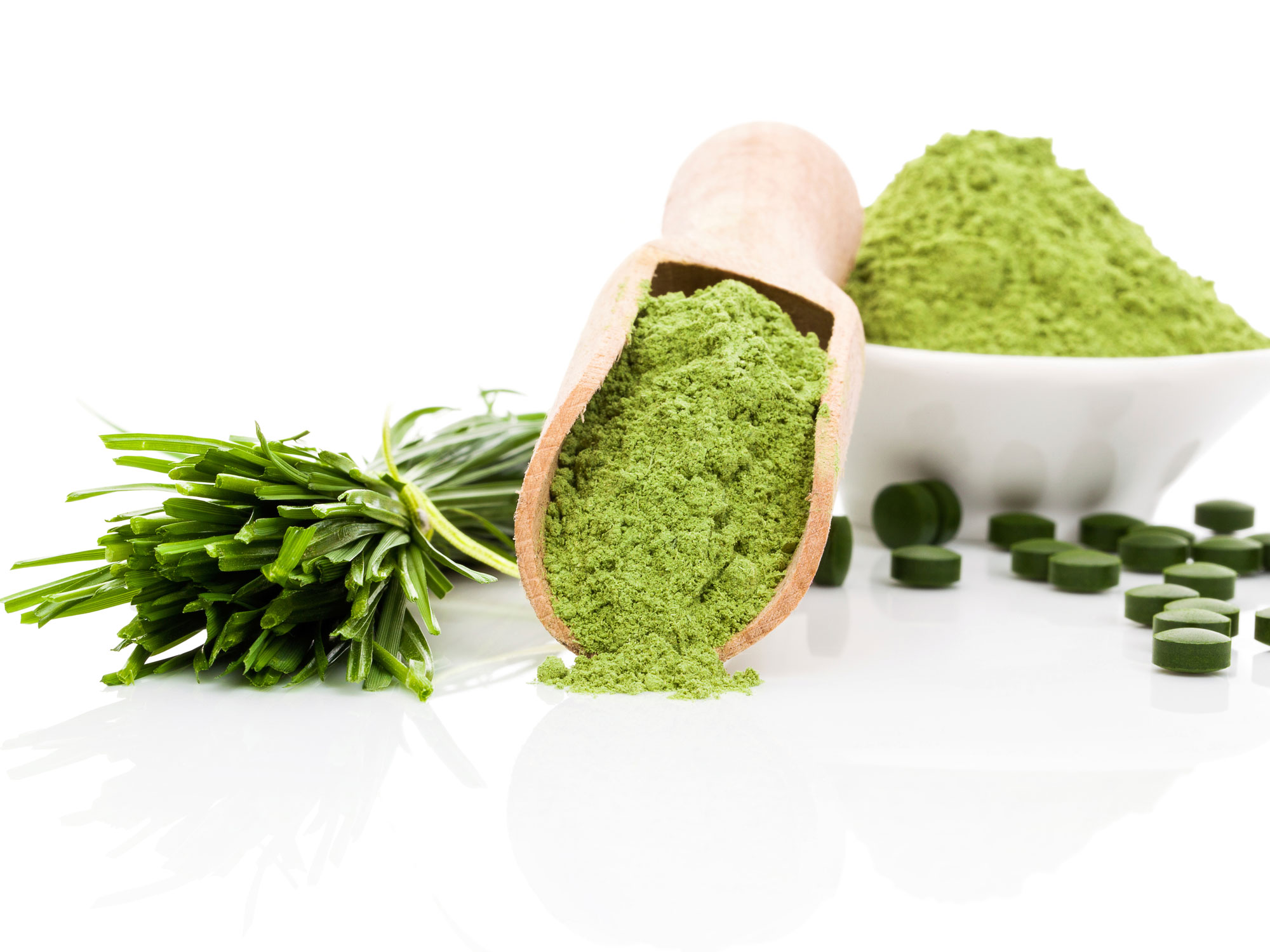Get Easy Health Digest™ in your inbox and don’t miss a thing when you subscribe today. Plus, get the free bonus report, Mother Nature’s Tips, Tricks and Remedies for Cholesterol, Blood Pressure & Blood Sugar as my way of saying welcome to the community!
Could this tumor-shrinking plant be THE cancer cure?

In the United States, one in two men and one in three women will develop cancer at some point in their lifetime. If you take a moment to really think about this statistic, you realize how disturbing it is. This means that even if you don’t develop cancer in your lifetime, someone you know and love surely will.
Mainstream medicine continues searching for a “cure” with little real progress, as every day 1,500 people in the U.S. die from what is seemingly the plague of modern times. And almost daily we learn how ineffective their treatments are.
In 2008, however, a scuba-diving scientist made a potentially game-changing discovery: a blue-green algae that has the potential to shrink tumors from some of the most difficult to treat cancers.
Researchers from Oregon State University have been studying the algae and have isolated a compound with potent anti-cancer properties: coibamide A.
According to researchers, coibamide A affects cancer like no other known compound and could be effective in treating many different types of cancer. For the purpose of their research, however, they chose to focus on some of the most difficult cancers to treat: brain tumors (known as glioblastomas) and a type of breast cancer called triple negative breast cancer.
Researchers have already tested coibamide A’s effect on human glioblastoma cells by attaching the cells to a mouse’s flank and treating the mouse with the compound. So far the results look promising… coibamide A reduced tumor size significantly.
Next, researchers plan to replicate the study by attaching triple negative breast cancer cells to a mouse. They also plan to treat human glioblastoma cells in a mouse’s brain rather than its flank.
While the ultimate goal of the research is to synthesize blue-green algae’s anti-cancer compound for use in a new cancer drug, alternative health practitioners have been touting the benefits of blue-green algae for years.
Blue-green algae are one of the oldest life forms on earth, having been around for two billion years or more. Although the type of algae used in this research was a combination of least three specific algal species that were collected in Panama’s Coiba National Park, similar groups of algae have been found in the Red Sea and off the South African coast.
You can also find different types of blue-green algae in the supplement section of your local health store. Some of the most popular types are spirulina and chlorella. These blue-green algae supplements contain protein, iron, antioxidants, amino acids, B-vitamins, magnesium and zinc, and are often included in holistic approaches to treating cancer.
A 2009 study on the anti-cancer properties of spirulina even supported its ability to boost the killer cells that eradicate tumors. So while coibamide A is unlikely to be available for use any time soon, it doesn’t mean you can’t reap the benefits of blue-green algae right now.
Editor’s note: Discover how to live a cancer prevention lifestyle — using foods, vitamins, minerals and herbs — as well as little-known therapies allowed in other countries but denied to you by American mainstream medicine. Click here to discover Surviving Cancer! A Comprehensive Guide to Understanding the Causes, Treatments and Big Business Behind Medicine’s Most Frightening Diagnosis!












